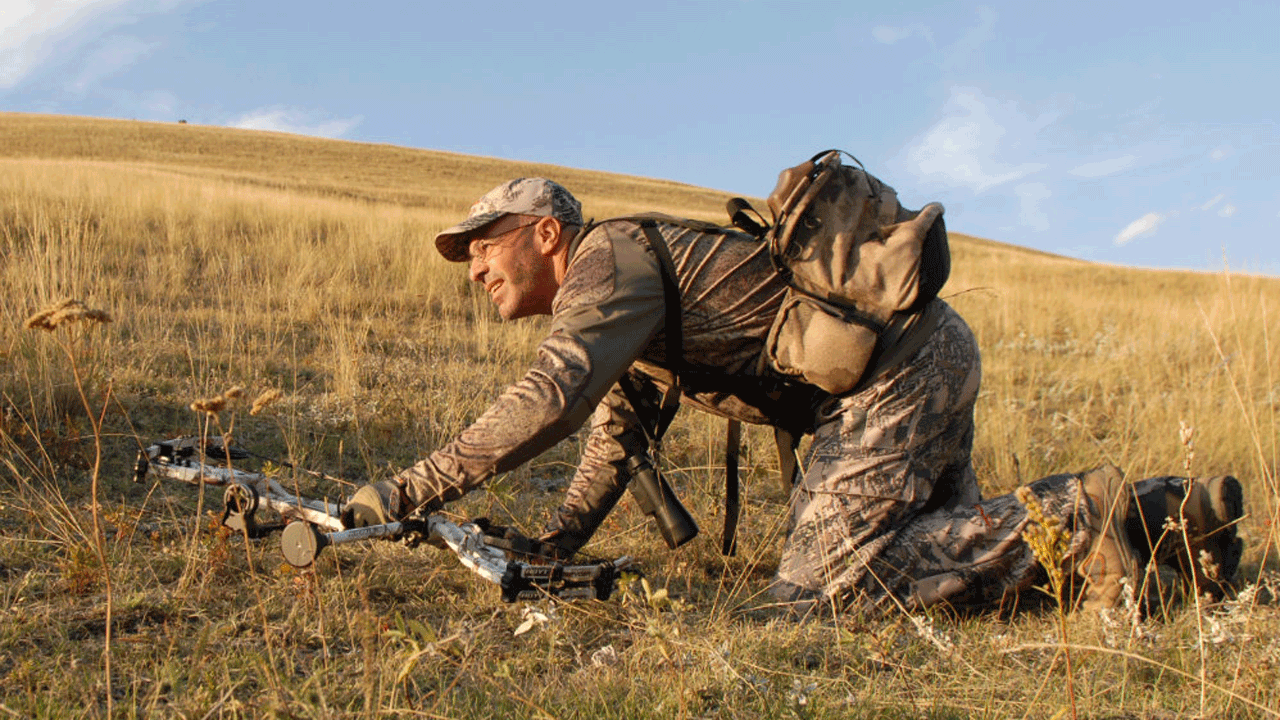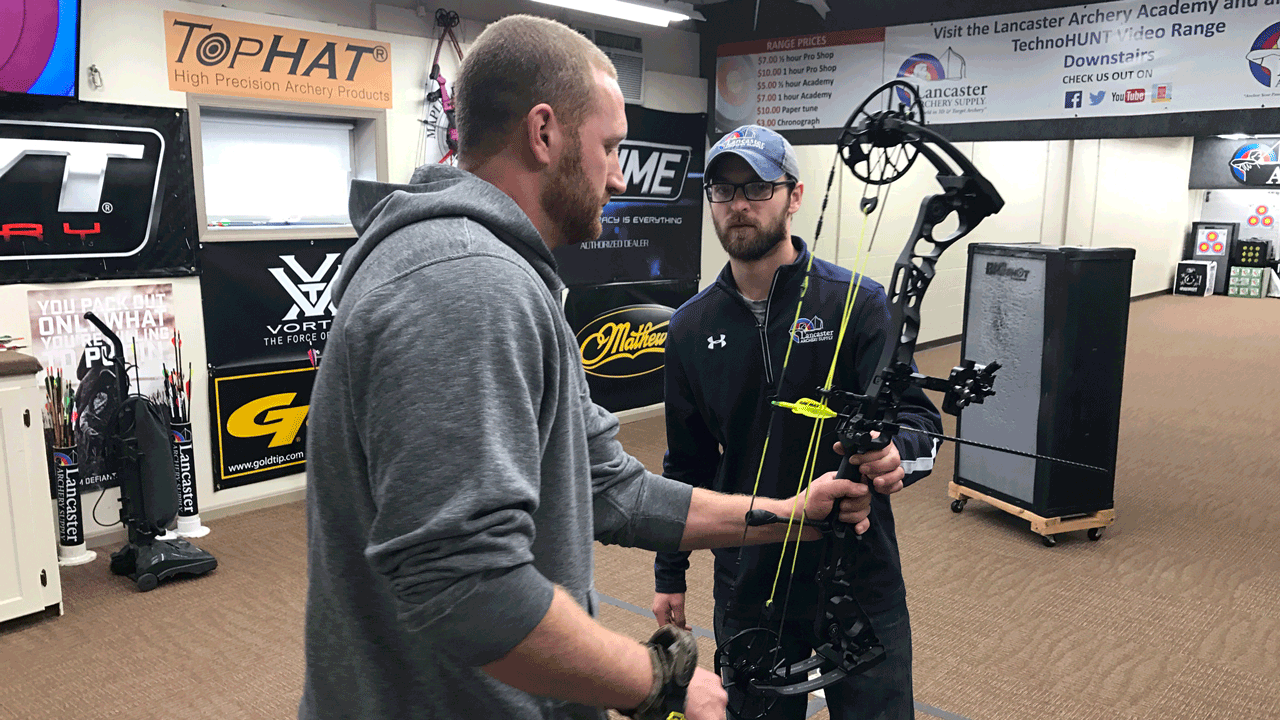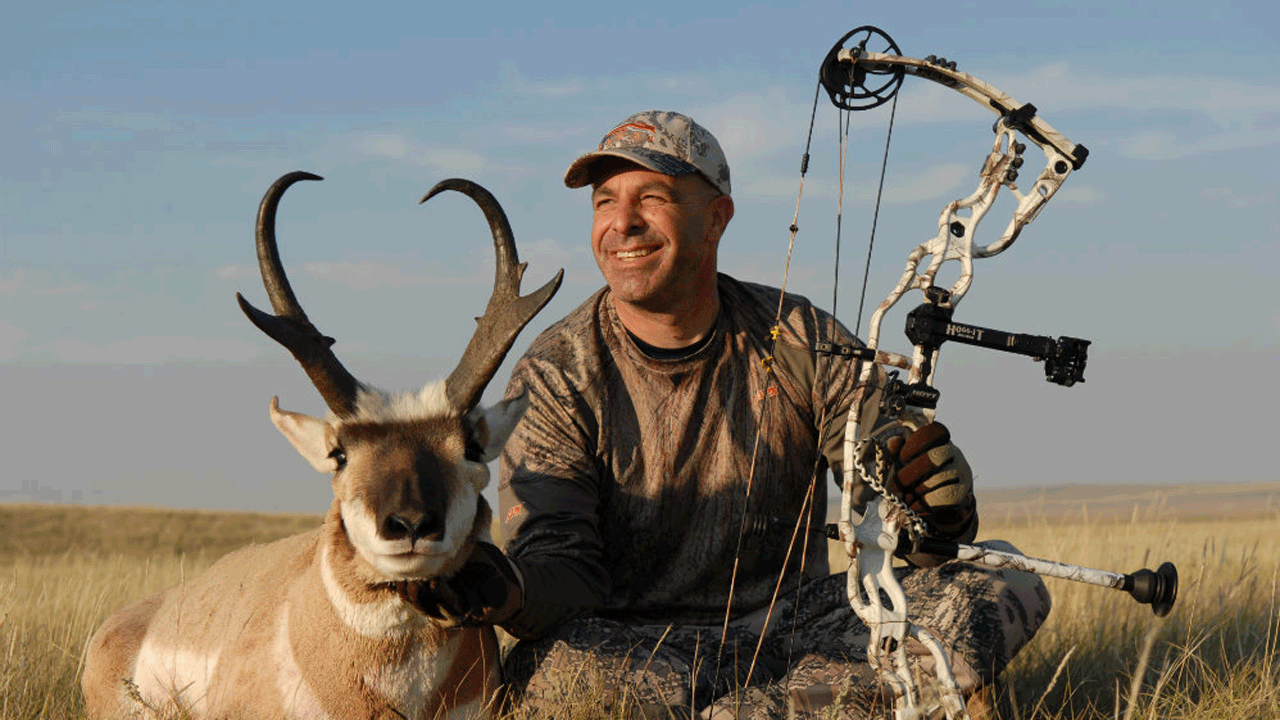Faster. Lighter. Quieter. More efficient.
These are some of the primary goals of compound bow manufacturers each year as they crank out new models to sell to the masses.
Wait. What’s that second one? Lighter?
Is a lighter bow really what bowhunters need? Is a lighter bow really better?
Certainly the carbon craze has helped manufacturers today build some of the lightest compound bows we’ve ever seen.
Hoyt’s 2018 carbon RedWrx-1 weighs in at 3.9 pounds. The 2018 PSE Carbon Air Stealth weighs just 3.2 pounds. By comparison, the Mathews Halon 32 introduced in 2017 weighs 4.73 pounds – nearly a full pound heavier.

There will be hunts when a lightweight bow certainly makes more sense.
But is it a good idea to have a light bow, when one of the first things a bowhunter is likely to do is weigh it down with accessories – rest, quiver, sight, stabilizer? Is a lighter bow really better?
The best answer to that question is, “It depends.” It’s up to each individual bowhunter to figure out whether an ultralight bow is the right choice or not. But here’s a rundown of the factors you need to consider.
There’s no question excessive bow weight can be an issue in some situations. Bowhunters chasing game such as elk, mule deer and pronghorn in settings that require a lot of walking and stalking may find that a lighter bow is a lot nicer than a heavier one. I mean, if you’re hauling on your back everything you need to spend a week in the Montana wilderness, then you know the value of cutting weight wherever possible.

There are times when a light bow can come in handy.
Bow weight might even be a factor for the Eastern or Midwestern whitetail hunter, who hikes deep into public land with a climbing stand strapped to his back. Maybe a heavy bow would just unnecessarily weigh you down.
If you choose to go with an ultralight bow, just remember that heavier bows tend to hold steadier. With a light bow, it’s possible for shooting form flaws to be exaggerated. And as much as accessories, such as quivers and sights can upset the balance of any bow, that imbalance can be especially apparent on light bows.
Be sure to spend a good bit of time with your rig to see if a lighter bow causes your arrow grouping to open up. If it does, that doesn’t mean you should sell the bow. You can fix the issue with some coaching and/or with a stabilizer(s).
Let’s start with coaching. An archery coach can teach you how to shoot and be steady. With good form, you should be able to hold any bow fairly steady – whether it’s light or heavy. In some cases, a heavy bow can mask shooting form flaws, which isn’t good either. Form flaws need to be corrected.

A quality coach can help you shoot better, regardless of whether you shoot a light, or heavy, bow.
Ultimately, what you want is a calm sight picture. You want your pin to sit as still as possible. If it’s dancing all over the place, that’s no good. And a still pin starts with solid shooting form. That’s where the coach comes in.
Stabilizers also can help. Now don’t freak out and think, “Wait a minute. I picked an ultralight bow to keep my weight down, and now we’re talking about adding weight?”
It is true that adding stabilizer weight can help steady that ultralight bow. But here’s the key. The longer the stabilizer, the less weight you need. You probably won’t notice much stabilization if you just put on a chunky, 4-inch stabilizer – even if it weighs 12 ounces.
But try a 10 or 12-inch bar, with 2-4 ounces on the very end, and you’ll likely see some improvement. Even better, try a combo that features a front bar and a side rod. Yes, that all can add up to some relatively significant weight. But there comes a point where you have to weigh accuracy against bow weight.
In 2014, I was shooting a Hoyt Carbon Spyder 34, which weighed 3.8 pounds with no accessories. I took that bow on spot-and-stalk hunts in Montana for antelope and the high Arctic for musk ox. In both cases, I was preparing for long shots and lots of walking. For the antelope hunt, I planned not to have a quiver attached to the bow, while I would have one on for the musk ox hunt.

A lighter bow can benefit – or hinder – the shooter depending on the particular hunt and shot distance.
For both hunts, I found that adding a 12-inch Bee Stinger stabilizer, with a 2-ounce, weighted disc on the end, worked great to stabilize the bow enough that I felt comfortable shooting out to 60 yards. So I didn’t have to add a lot of weight – the bar itself weighs very little – to get the stabilization I needed, but there was no question that I needed some extra weight to offset the light weight of the bow.
How much weight do you need to put on an ultralight bow so that you can shoot it accurately? Maybe none. Maybe a little. Maybe a lot. This is a question only the individual bowhunter can answer. If all you expect to shoot is 30 yards and under, you can probably get away with adding no, or very little, weight to the bow – assuming your shooting form is good. If you expect to shoot out to 50, 60 or 70 yards, you might need to take a hard look at a quality, fairly heavy stabilizer setup.
There’s no question light bows are easy on your back and arms. And there’s no reason you can’t shoot them accurately. But you have to gauge that accuracy to see if you need to make modifications. If you’re making the effort to hike many miles back into some remote spot to chase elk, you owe it to yourself and the game to do what’s necessary to give you confidence in your shot capabilities. So when it comes to the question, “Is a lighter bow really better?” it’s your call. Shoot what you shoot best.
We want to hear from you. Is a lighter bow really better? Comment below and let us know what you think.
Got a tech question regarding your bow setup? Give the guys at Lancaster Archery a shout. Check them out at www.lancasterarchery.com.

 By
By 



